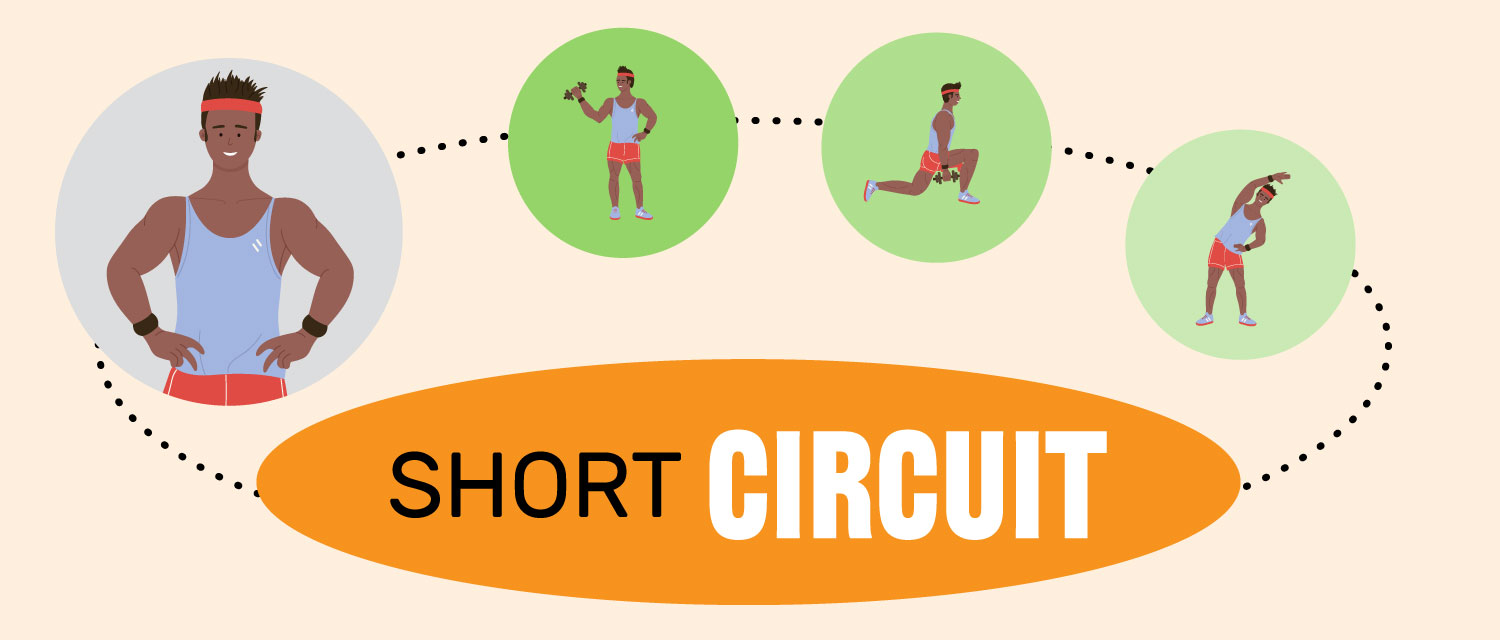Whether through television, social media, or glowing celebrity endorsement, most of us have heard of juice cleanses.
The core concept is simple: for several days, you only consume fruit and vegetable juices in place of your regular diet. You can juice produce yourself or sign up for any number of services that will ship bottled, cold-pressed juices right to your door. Proponents of juice cleanses claim there are multiple benefits — namely weight loss and system detoxification. It sounds like an easy thing to do, but how accurate are these claims?
Many juice cleanse programs tout weight loss as a benefit. People can and do lose weight on juice cleanses, but the juice itself has very little, if anything to do with it. The weight loss comes from the calorie deficit caused by not eating solid foods for several days. People often regain this weight afterwards. Fruit juice is also high in sugar, which over time can cause the body to store rather than lose fat. This particular factor makes juice cleanses incredibly dangerous and not recommended for people with diabetes.
We eat more processed foods than ever, so detoxification is often a goal of juice cleanses. There is little evidence, however, that juice cleanses actually perform any detoxifying function. The human body is made to cleanse itself naturally over time via the diligent work of the liver and kidneys. Additionally, juice lacks crucial nutrients that the whole fruits provide, such as fiber. Cutting out other food entirely in favor of juice means you will also not consume enough protein, a nutrient your body needs.
Are there any benefits to drinking fruit and veggie juice? Yes. These juices contain high levels of vitamins and antioxidants that our bodies need to function. However, it is better to eat fruits and vegetables in their whole forms on a regular basis as part of a balanced diet. At the end of the day, juice cleanses just don’t live up to the hype.
Are Juice Cleanses Actually Good for You? | Houston Methodist On Health
What to Know Before Doing a Juice Cleanse or Juice Detox – Consumer Reports
“Detoxes” and “Cleanses”: What You Need To Know | NCCIH (nih.gov)











